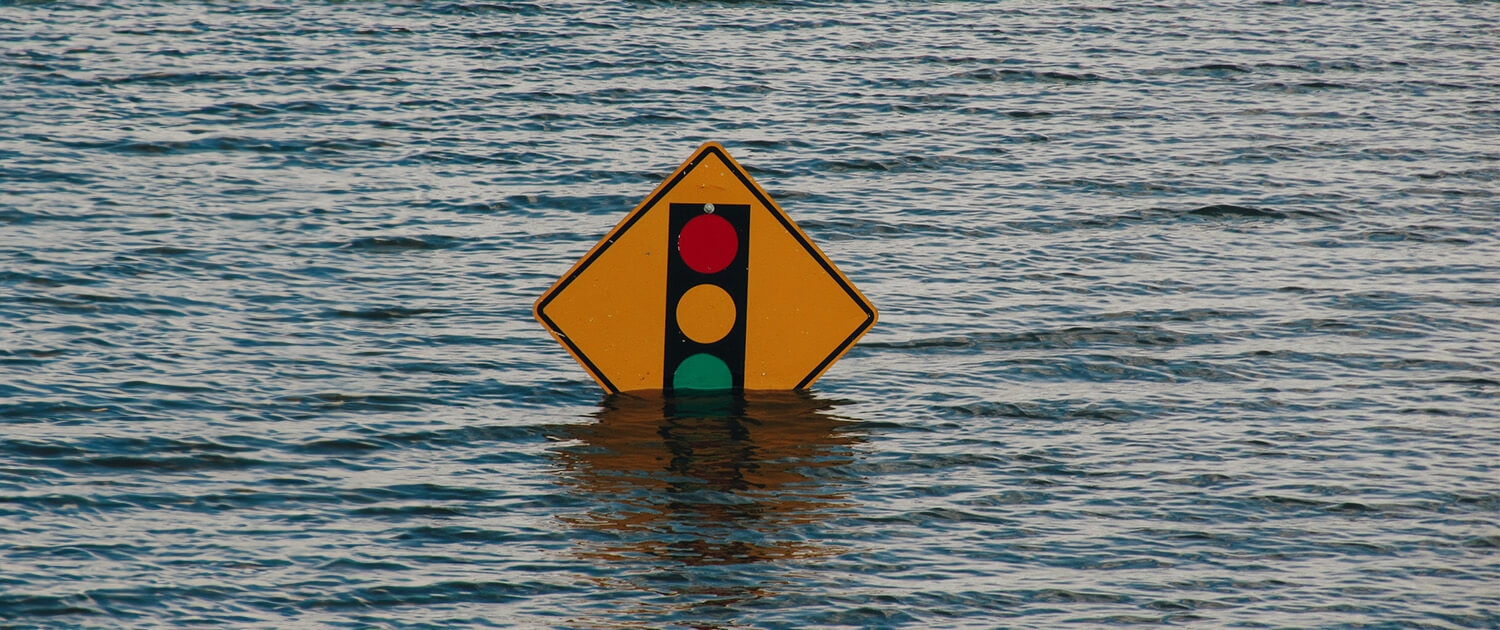In a world increasingly vulnerable to natural disasters and climate change-induced hazards, robust emergency communication systems are more critical than ever.
Imagine a scenario where terrestrial communication networks are disrupted by multi-hazard risks (for example, an earthquake followed by a tsunami or a landslide), leaving communities isolated and first responders struggling to coordinate relief efforts. What is critically important is a reliable backup communication solution that can maintain connectivity in such scenarios.
One concerning risk for the United States Pacific Northwest (PNW) region is the possibility of a megathrust earthquake, which can damage cell towers, IXPs, fiber lines, and other essential communication infrastructure. A megathrust earthquake is also expected to cause cascading disasters, including tsunamis and landslides down coastal Oregon.
| Fiber (km) | Cell Towers | Data Centers | PoPs | Colocations |
| 32,057 | 204,585 | 422 | 32 | 59 |
It’s estimated that 89.2% and 91.4% of Washington and Oregon’s respective populations would be impacted by infrastructure damage during a multi-hazard earthquake scenario.
A recent study at the University of Oregon introduces a first-of-its-kind simulator called MAZE, which compares various emergency communication and disaster mitigation strategies in a practical and repeatable manner. By simulating different backup routing strategies, MAZE enables decision-makers to assess cost-effective data transfer options and evaluate the performance of hybrid routes combining terrestrial and non-terrestrial infrastructure.
Satellites is Becoming a Viable Redundancy Option
A key finding of the study reveals the significant improvement in latency and cost savings achieved by implementing low earth orbit (LEO) satellite-based disaster communication strategies.
Simulations show that LEO satellites can offer 2x latency improvement and save hundreds of thousands of dollars while ensuring network connectivity during multi-hazard risks.
For policymakers, first responders, and the public, the implications of this research are profound. By investing in LEO satellites for emergency communication, communities can enhance their disaster resilience and ensure timely and effective responses to crises.
The study also highlights the practical applications of LEO satellites in real-world scenarios, demonstrating their potential to revolutionize emergency communication strategies and guide decision-making processes.
By harnessing the power of LEO satellites, communities can strengthen their resilience to natural disasters, mitigate risks, and safeguard critical communication networks when needed.
Read our paper to learn more about the full potential of LEO satellites in disaster resilience and discover how MAZE is shaping the future of emergency communication strategies in the face of multi-hazard risks.
Ram Durairajan, an Associate Professor of Computer Science at the University of Oregon, uses a data-driven networking approach to enhance the Internet’s resilience, security, and performance.
The views expressed by the authors of this blog are their own and do not necessarily reflect the views of the Internet Society.
Photo by Kelly Sikkema on Unsplash


